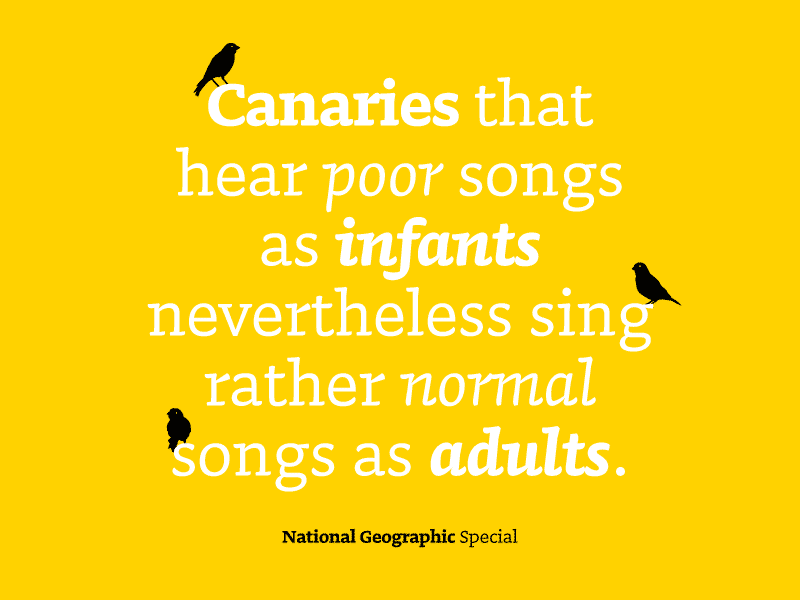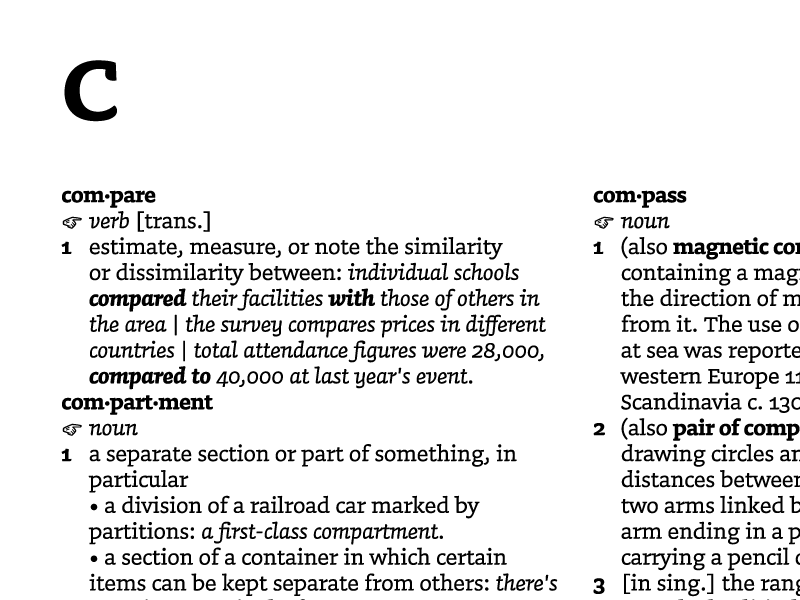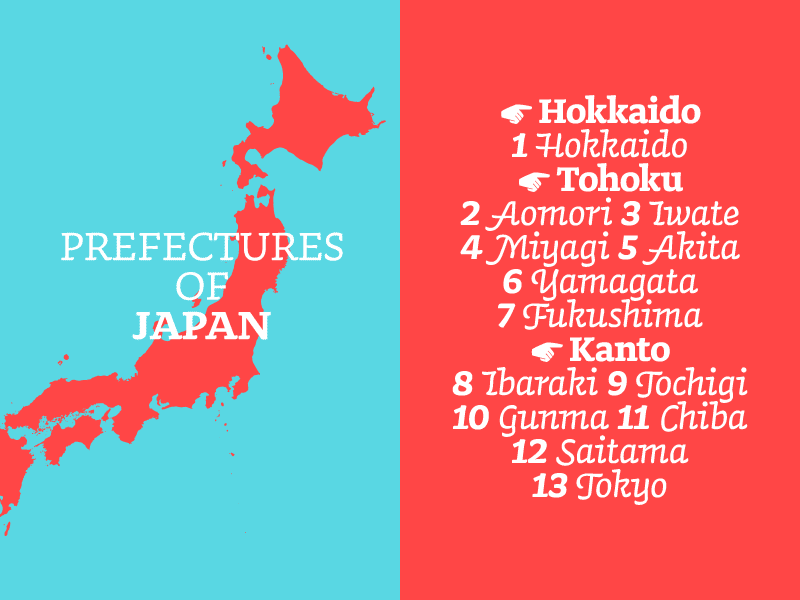- Doko

-
Theory
of
RelativityBook Italic - Book Italic 38 px
An exoplanet planet is a planet outside the Solar System. The first confirmation of detection occurred in 1992. As of 1 October 2022, there are 5,197 confirmed exoplanets in 3,833 planetary systems, with 840 systems having more than one planet. Claims of exoplanet detections have been made since the nineteenth century. Some of the earliest involve the binary star 70 Ophiuchi. In 1855 William Stephen Jacob at the East India Company’s Madras Observatory reported that orbital anomalies made it “highly probable” that there was a “planetary body” in this system.
Bold Italic 38 pxAn exoplanet planet is a planet outside the Solar System. The first confirmation of detection occurred in 1992. As of 1 October 2022, there are 5,197 confirmed exoplanets in 3,833 planetary systems, with 840 systems having more than one planet. Claims of exoplanet detections have been made since the nineteenth century. Some of the earliest involve the binary star 70 Ophiuchi. In 1855 William Stephen Jacob at the East India Company’s Madras Observatory reported that orbital anomalies made it “highly probable” that there was a “planetary body” in this system.
Doko used in Febio Fest 2014, 2014.
-
950Book Italic

- BookDocumentationBook ItalicDocumentation600 BoldDocumentation600 Bold ItalicDocumentation


-
Corroded echoes of humanity's demise reverberate through the wasteland, where whispers of rebellion flicker.
Book Italic 50 px -
02:47Bold
- Book 44 px
Un planeta exoplaneta es un planeta fuera del Sistema Solar. La primera confirmación de detección ocurrió en 1992. Al 1 de octubre de 2022, hay 5197 exoplanetas confirmados en 3833 sistemas planetarios, con 840 sistemas que tienen más de un planeta. Las afirmaciones de detecciones de exoplanetas se han hecho desde el siglo XIX. Algunos de los primeros involucran a la estrella binaria 70 Ophiuchi. En 1855, William Stephen Jacob, del Observatorio de Madrás de la Compañía de las Indias Orientales, informó que las anomalías orbitales hacían "altamente probable" que hubiera un "cuerpo planetario" en este sistema.
Bold 44 pxUn planeta exoplaneta es un planeta fuera del Sistema Solar. La primera confirmación de detección ocurrió en 1992. Al 1 de octubre de 2022, hay 5197 exoplanetas confirmados en 3833 sistemas planetarios, con 840 sistemas que tienen más de un planeta. Las afirmaciones de detecciones de exoplanetas se han hecho desde el siglo XIX. Algunos de los primeros involucran a la estrella binaria 70 Ophiuchi. En 1855, William Stephen Jacob, del Observatorio de Madrás de la Compañía de las Indias Orientales, informó que las anomalías orbitales hacían "altamente probable" que hubiera un "cuerpo planetario" en este sistema.
- BookBook Italic600Bold600Bold Italic
-
788Book
-
Landform
Classification
MethodsBold Italic -
Book

-
Machine
ConsciousnessBold 
- 600 Bold ItalicHauptbahnhofBook ItalicEisenbahnsysteme600 Bold ItalicEffiziente TransportlösungenBook ItalicDie Schienenverkehr ist ein integraler Bestandteil
der modernen Logistik und des Personenverkehrs.
About
Playful typeface with calligraphic features inspired by cartoons, illustration and hand-lettering.
Doko is a type family designed primarily for editorial design, inspired by cartoons, illustration and hand-lettering. The design balances on the thin line between the expressiveness of display typefaces and the perfect functionality of text faces, but performs equally well on both sides of the border. Doko initially started as a final project at Type and Media masters program at KABK The Hague.
| Styles: | 4 |
| Blocks: | Basic Latin, Extended Latin |
| Languages: | 100 |
| Glyphs: | 479 |
| Figures: | Proportional Lining, Proportional Oldstyle (Default), Tabular Lining, Tabular Oldstyle, Superscript, Superior, Subscript, Inferior, Fractions, Slashed Zero |
| Features: | Stylistic Set 1–4, Standard Ligatures, Discretionary Ligatures, Contextual Alternates, Fractions, Slashed Zero, Superscript Figures, Subscript Figures, Proportional Lining Figures, Tabular Lining Figures, Tabular Oldstyle Figures, Ordinals |
| Version: | 1.0 |
| Copyright: | Doko, Ondrej Jób © 2011. All rights reserved. |
| Release Date: | Jul 20 2011 |

